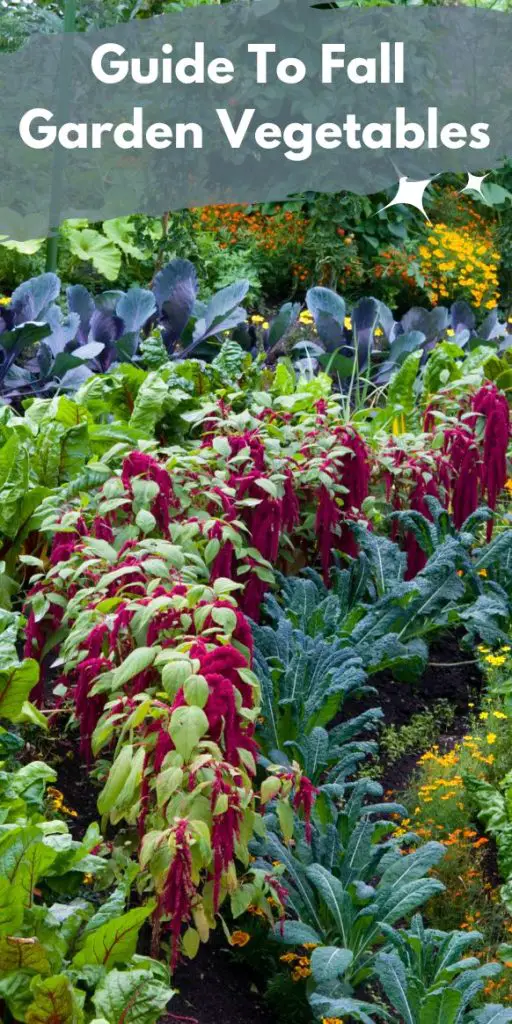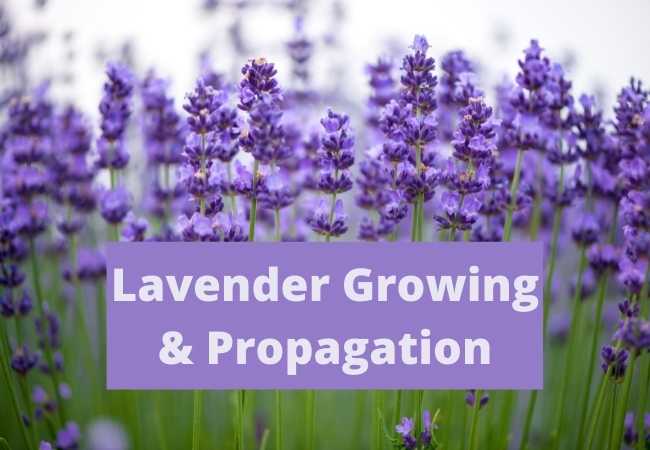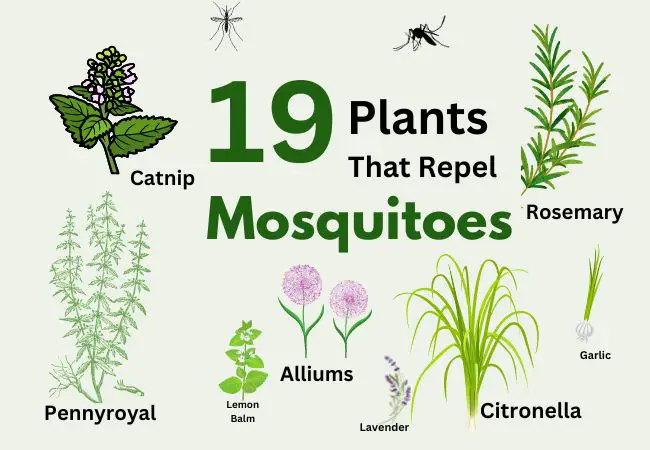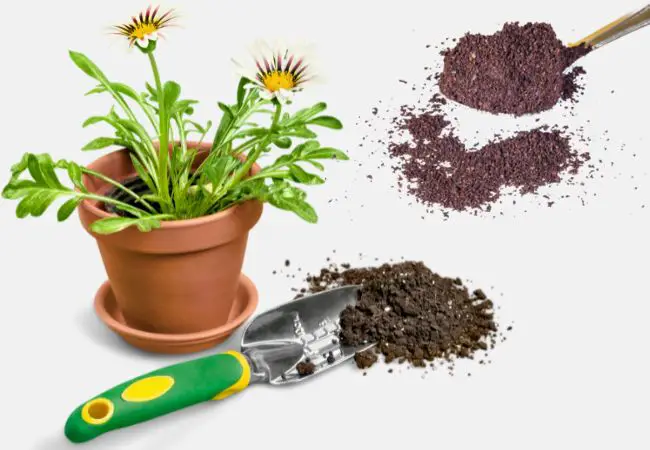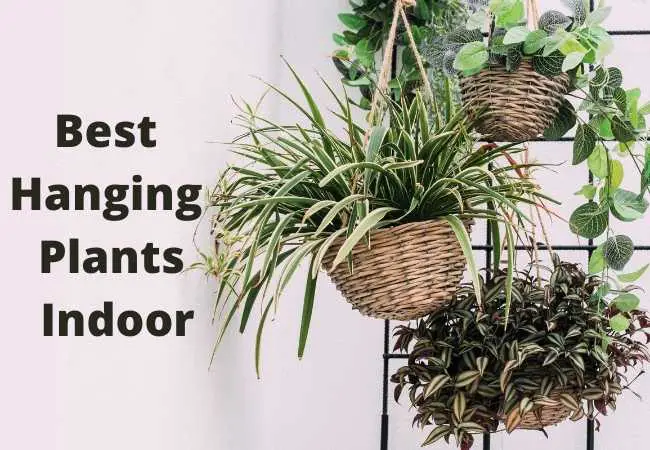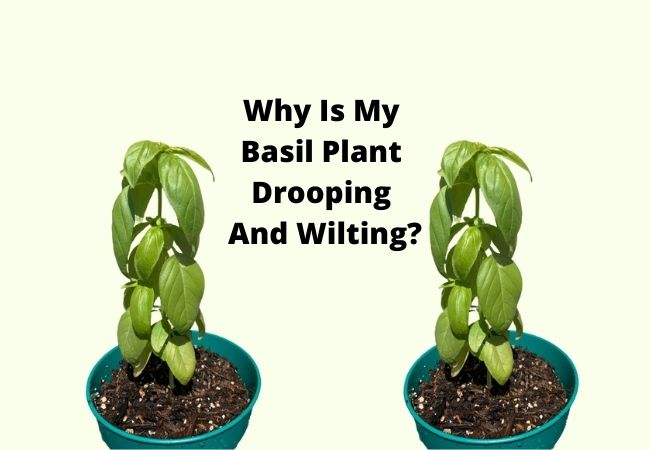Fall Garden Vegetables Planting and Care
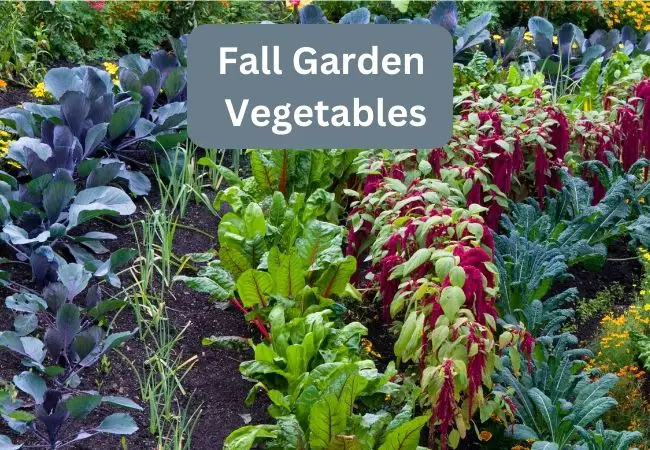
Guide to fall garden vegetables planting and care that will help you have an abundant harvest. As summer transitions into autumn, avid gardeners have an opportunity to extend their growing season and reap the rewards of a fall vegetable garden.
Fall Garden Vegetables Planting and Care
I love fall gardening because it offers numerous benefits, including cooler temperatures, fewer pests, and the ability to grow a variety of cold-hardy vegetables.
In this post, I will explore the world of fall garden vegetables, from selecting the right crops to proper care and maintenance, ensuring a successful harvest.
Choosing the Right Fall Vegetables
Fall vegetables should be chosen based on their ability to thrive in cooler temperatures and shorter growing seasons. Some popular options include:
- Cold-hardy vegetable varieties: Plants such as kale, spinach, and Swiss chard can withstand frost and continue producing well into the fall.
- Vegetables suitable for shorter growing seasons: Crops like radishes, lettuce, and green beans have a shorter maturation period, making them ideal for fall gardens.
- Agricultural Zone: Factors like your climate, frost dates, and personal preferences should be taken into account when choosing the right vegetables for your fall garden.
Preparing Your Garden for Fall Vegetables
Before planting your fall garden, it is crucial to prepare the soil properly and make necessary adjustments for optimal growing conditions.
Clearing out summer crops
Remove any remaining summer plants, weeds, and debris from the garden bed to create space for your fall vegetables.
Soil preparation and amendment
Add compost or well-rotted manure to enrich the soil with nutrients and improve its structure. Conduct a soil test to determine if any additional amendments are required.
Protecting against frost and cold temperatures
Consider using floating row covers or installing cold frames to protect your fall vegetables from frost and extend the growing season.
Planting Fall Vegetables
Timing is critical when it comes to planting fall vegetables to ensure a successful harvest.
Timing for planting fall vegetables
Refer to your local frost dates to determine the ideal planting time. Count backward from the first expected frost date to calculate the planting window.
Proper spacing and plant placement
Follow the spacing recommendations on the seed packets or plant tags to provide adequate room for each vegetable to grow and receive sufficient sunlight.
Tips for transplanting seedlings and direct seeding
Gently transplant seedlings into the prepared soil, taking care not to damage the delicate roots. For direct seeding, follow the instructions on the seed packet regarding depth and spacing.
Essential Care for Fall Vegetables
Providing proper care and attention to your fall vegetables will ensure healthy growth and maximum yields.
- Watering requirements: Monitor soil moisture regularly and water as needed, ensuring consistent moisture levels without overwatering.
- Mulching to retain soil moisture and regulate temperature: Apply a layer of organic mulch around the plants to conserve moisture, suppress weed growth, and regulate soil temperature.
- Fertilizing needs during the fall season: Use a balanced organic fertilizer or compost to provide essential nutrients for your fall vegetables. Follow the recommended application rates to avoid over-fertilization.
- Pest and disease management: Monitor your plants regularly for any signs of pests or diseases. Implement organic pest control methods and remove any infected plants to prevent the spread of diseases.
Extending the Harvest
With proper techniques, you can extend the harvest season and enjoy fresh produce from your fall garden for an extended period.
Using row covers and cold frames
Covering your plants with row covers or utilizing cold frames can provide additional insulation, protect against frost, and extend the growing season.
Implementing succession planting
Stagger your planting schedule to ensure a continuous supply of fresh vegetables throughout the fall. As one crop nears maturity, plant new seeds or seedlings to fill the empty spaces.
Harvesting techniques for different fall vegetables
Familiarize yourself with the optimal harvest times for different vegetables. Harvest leafy greens when they reach the desired size.
Harvest root vegetables when they are mature, and cruciferous vegetables when the heads are tight and firm.
20 Popular Fall Vegetable Choices
These are some of the vegetables that I grow during Fall in my garden. There is a wide range of fall vegetables to choose from, each with its unique flavors and nutritional benefits.
- Leafy greens: Spinach, kale, lettuce, and arugula are excellent choices for fall gardens, packed with vitamins and antioxidants.
- Root vegetables: Carrots, beets, radishes, and turnips thrive in cooler temperatures and develop sweeter flavors as the weather cools.
- Cruciferous vegetables: Broccoli, cauliflower, Brussels sprouts, and cabbage are cool-season favorites that benefit from the milder fall weather.
- Alliums: Onions, garlic, and leeks can be planted in the fall for a bountiful harvest the following year.
- Other fall favorites: Don’t forget about winter squash, pumpkins, and herbs like parsley and cilantro, which can add flavor and variety to your fall garden.
Fall Garden Maintenance and Cleanup
Proper maintenance and cleanup at the end of the fall season will set the stage for a successful garden in the following year. These are some of the activities I do, as a way of maintaining my garden.
Removing spent plants
Once your fall vegetables have finished producing, remove the plants and compost the healthy debris. Discard any diseased plants to prevent the spread of pathogens.
Composting and soil rejuvenation
Add the spent plant material to your compost pile, along with other organic matter, to create nutrient-rich compost for future use.
Consider covering the garden bed with a layer of compost or organic mulch to nourish the soil during winter.
Planning for next year’s fall garden
Reflect on your fall gardening experience and make notes about the successes and challenges you encountered. Use this information to plan and improve your fall garden for the next growing season.
Final Thoughts on Fall Garden Vegetables
Fall gardening provides me with a unique opportunity to continue enjoying fresh, homegrown produce even as the temperatures drop.
Although some gardeners choose to stop gardening activities during the cooler months, I prefer to extend my growing season.
If you decide to extend your growing season, you will keep learning new things and find out what works best for your garden.
I hope this post on fall garden vegetables was informative and will help you this Fall. Remember to follow me on Multigardening Pinterest for more awesome gardening posts.
